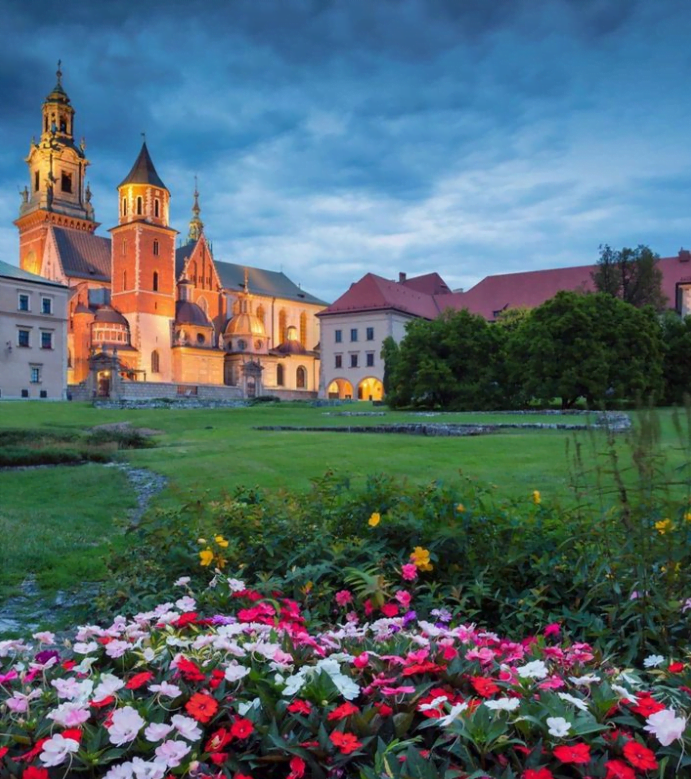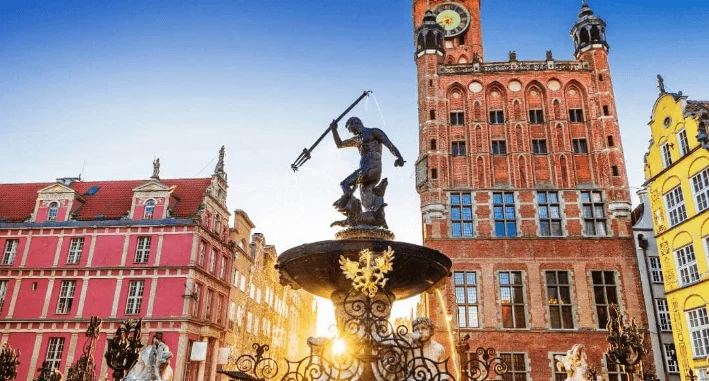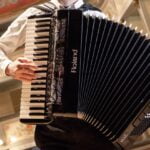Poland is located in Central Europe, and its neighbors include Germany, the Czech Republic, Slovakia, Ukraine, Belarus, Lithuania, and Russia. With a rich and fascinating history, Poland is a cultural melting pot with diverse traditions, languages, and customs. From its castles and lakes to its delicious cuisine and unique pottery, Poland fun facts make it a visit destination for any traveler.
Castles And Lakes: Poland Fun Facts
Poland has over 400 castles, each with unique stories and architectural styles. One of the most famous castles in Poland is the Wawel Castle, located in Krakow. Additionally, built in the 14th century, the castle was once the residence of Polish kings and queens. Today, it houses a museum that showcases Polish art and history.
Poland is also home to over 10,000 lakes, making it a perfect destination for water lovers. The largest lake in Poland is Lake Sniardwy, in the Masurian Lake District. However, the lake is a popular destination for fishing, sailing, and kayaking.
Polish Pottery: Fun Facts About Beautiful Ceramics
Polish pottery is famous around the world for its beauty and unique designs. It uses a special technique that involves firing clay at extremely high temperatures. Each pottery is hand painted, making it a truly one-of-a-kind piece of art.
Therefore, the most famous type of Polish pottery is Boleslawiec, named after the town where it is made. It is known for its blue and white designs and is a popular souvenir for tourists visiting Poland.
Poland Fun Facts About Flag History
The Polish flag comprises two horizontal stripes, one white and one red. The colors have a long history in Poland, dating back to the 13th century. Additionally, legend has it that the colors were chosen after a white eagle ate a bloody snake, leaving its feathers red and white.
So, the flag has undergone many changes, but the current design officially adopts in 1919. It is a symbol of Poland’s resilience and determination to overcome adversity.
Poland Fun Facts About Cuisine
Polish cuisine is hearty and delicious, with many dishes featuring meat, potatoes, and cabbage. One of the most popular dishes in Poland is pierogi, a type of dumpling filled with meat, cheese, or vegetables. Polish cuisine has a sweet side, with desserts like paczki (doughnut) and sernik (a cheesecake-like dessert) being popular favorites.
Krakow: Cultural And Historical Hub
Krakow is one of Poland’s most popular tourist destinations, known for its rich cultural and historical heritage. The city’s Old Town is a UNESCO World Heritage Site home to numerous landmarks such as the Wawel Castle.
Krakow is also known for its vibrant nightlife and art scene, with many galleries, museums, and theaters showcasing the city’s creative side.
Copernicus: Famous Polish Astronomer
Nicolaus Copernicus was a famous Polish astronomer who is best for his theory that the Earth and other planets revolve around the sun, known as the heliocentric model. His groundbreaking work laid the foundation for modern astronomy, and he considers one of the most important scientists of all time.
Warsaw: Thriving Capital City
Warsaw, Poland’s capital city, is a thriving metropolis with a rich cultural and historical heritage. The city destroys during World War II but has since been rebuilt into a modern and vibrant city. Visitors to Warsaw can explore its many landmarks and cultural institutions, such as the Palace of Culture and Science, the Royal Castle, and the Warsaw Uprising Museum.
Warsaw is also a hub for business and technology, with many startups and multinational companies setting up operations in the city. It is a great destination for those interested in exploring Poland’s modern side.
Bieszczady Mountains: Alpine Wilderness
The Bieszczady Mountains are a range of mountains in southeastern Poland for their rugged beauty and remote wilderness. The area is popular for hikers and nature lovers, with numerous trails and campsites scattered throughout the mountains.
The Bieszczady Mountains are home to various wildlife, including wolves, lynx, and brown bears. Therefore, visitors can also explore the traditional villages and communities that call the mountains home and learn about the unique customs and traditions of the region.
Wawel Castle: Jewel of Krakow
The Wawel Castle is one of the most iconic landmarks in Poland, located in the heart of Krakow. The castle was built in the 14th century and served as the residence of Polish kings and queens throughout history.

Image source: Instagram: elliebxox.xx
However, today the castle houses a museum that showcases Polish art and history, including works by famous artists such as Leonardo da Vinci and Rembrandt. So, visitors can also explore the castle’s beautiful gardens and courtyards and enjoy stunning views of Krakow from the castle’s towers.
Read More: Fun Facts About Bolivia: The Unique Culture And Wonders
Wieliczka Salt Mine: Fascinating Underground
The Wieliczka Salt Mine is a historic salt mine near Krakow and one of the world’s oldest. Visitors can explore the underground chambers and tunnels, filled with fascinating sculptures, carvings, and even an underground lake.
Moreover, the mine has been in operation since the 13th century and has played an important role in the history and economy of Poland. Today, it is a popular tourist destination and consider one of the most unique attractions in the country.
Polish Folklore: Legends And Myths
Poland has a rich folklore tradition, with many legends and myths passed down through generations. One of the most famous legends is the story of the Wawel Dragon, a mythical creature that lived in a cave beneath the Wawel Castle in Krakow.
According to the legend, the dragon terrorized the city until a brave shoemaker named Skuba devised a plan to defeat it. Therefore, he filled a sheepskin with sulfur and left it outside the dragon’s lair. However, the dragon ate the sheepskin and, soon after, breathed fire and exploded.
Solidarity: Trade Union Movement
The Solidarity trade union movement was a key player in the fight for democracy and workers’ rights in Poland during the 1980s. Led by Lech Walesa, Solidarity was the first independent trade union in a communist country. And he played a crucial role in the downfall of communism in Poland.
Today, Solidarity celebrates as a symbol of freedom and democracy. It recognizes as a key player in the history of Poland and Europe.
Crooked Forest: Mysterious Pine Trees
The Crooked Forest is a strange and mysterious place located in western Poland. The forest is home to a group of pine trees bent at a 90-degree angle at the base of their trunks, creating a unique and eerie landscape.

Image source: Instagram: throughtravelerseyes
The cause of the tree’s unusual shape is still unknown, with theories ranging from human intervention to natural causes. Regardless of the reason, the Crooked Forest is a fascinating and mysterious destination that is sure to leave visitors in awe.










